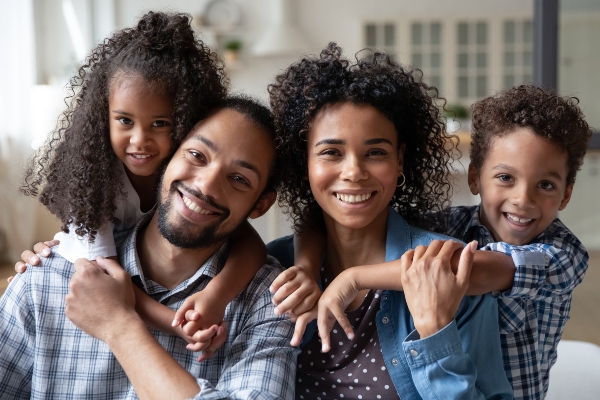How Occlusions Can be Treated with Orthodontics

Orthodontics offers various treatments that can improve teeth occlusion. The term “occlusion” refers to how your top set of teeth meets the bottom set. It can also refer to the way that your teeth are aligned with your jaw.
The way that both sets of teeth meet each other has a significant impact on how you chew, speak, or smile. Poor teeth alignment can also make your teeth more vulnerable to issues like tooth decay and gum disease. Malocclusion (poor teeth or jaw alignment) often leads to teeth overlapping in abnormal ways, making it harder to clean their surfaces and interdental spaces.
Other issues that malocclusion can lead to include:
- Teeth sensitivity
- Loose teeth
- Fractured teeth
- Overworked jaw muscles
- Headaches
- Temporomandibular joint issues
- Neckaches
Treating malocclusion with orthodontics
The type of malocclusion that a person has determines how orthodontics can be used to help them. A few ways that a dentist might approach addressing a patient’s malocclusion include the following.
1. Equilibration
This involves adjusting the biting surfaces of the patient’s teeth to improve their function. It is a gentle procedure that usually involves shaving or altering one or a few teeth to create a more even bite that prevents abnormal stress from being placed on the patient’s teeth or jaw joints. It can be an effective solution for temporomandibular joint disorders.
2. Restorative treatment
Malocclusions can sometimes be fixed by covering up the patient’s teeth with restorations like crowns to align and correct the patient’s bite. The treatment is often recommended to restore poor alignment caused by issues like teeth grinding, tooth decay, or missing teeth.
3. Splints
Dental appliances like bite guards, occlusal splints, or dental splints can be placed on mandibular or maxillary teeth to improve a patient’s bite by helping to relax their jaw muscles. Splints can help alleviate the stress placed on teeth due to temporomandibular joint problems. These devices do not cause any permanent changes to the patient’s teeth.
4. Orthodontics
Orthodontic appliances like braces, headgear, and clear aligners can be used to treat a wide range of malocclusions. Braces have been around for centuries and are among the most effective ways to address various teeth alignment issues. They work by gradually pushing the patient’s teeth to a better alignment over a period of about 12 to 36 months.
Treatment with braces involves cementing brackets on the patient’s teeth and using wires to connect the brackets on each dental arch. The tighter that these wires are, the more force is being applied to the patient’s teeth.
Clear aligners work using the same concept, but the treatment involves using virtually invisible transparent trays. These trays are removable, so they do not complicate meals or oral hygiene. Clear aligners exert more precise forces on the wearer’s teeth, which shortens the length of the patient’s treatment.
We can fix your bite
A bad bite can make everyday tasks like eating, speaking, or smiling more challenging than they should be. Call or visit our Fort Lee clinic to explore treatment options with our dentist.
Request an appointment here: https://fortleefamilydental.com or call Fort Lee Family Dental at (201) 620-9772 for an appointment in our Fort Lee office.
Check out what others are saying about our dental services on Yelp: Orthodontics in Fort Lee, NJ.
Recent Posts
A family dentist is unique in that they treat all age groups. This ensures that you and your family members can go to the same dentist for all your oral care needs, which makes life easy and saves you time and money. In this review, we discuss the benefits of consulting with a family dentist…
Children need to develop healthy oral care habits at a young age so they will carry them into their teenage and adult years, and in this review from a family dentist, we discuss several ways that parents can help protect their children's oral health with healthy habits. We also discuss how a family dentist can…
Temporomandibular joint (TMJ) disorders cause persistent jaw pain, difficulty chewing, and limited range of motion. Fortunately, a TMJ dentist specializes in diagnosing and treating these complex conditions using advanced, non-invasive, and personalized approaches. As awareness of TMJ disorders grows, so does the demand for effective and sustainable treatments that target both symptoms and root causes.…
Choosing a family dentist is one of your most important healthcare decisions. This professional will likely be your family’s dental home for a long time. It is, therefore, important to choose someone who is professional and personable and whom you can trust with your and your family’s dental health.The best way to start a new…


